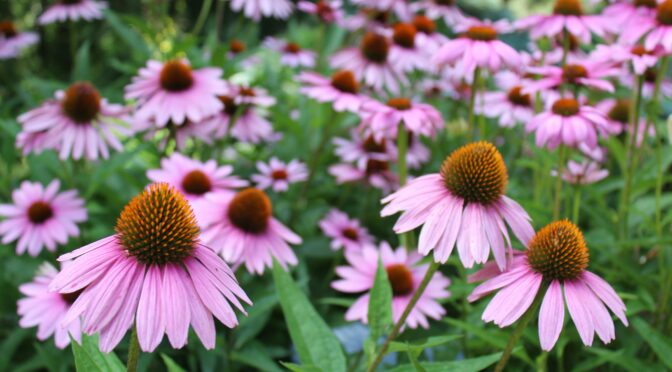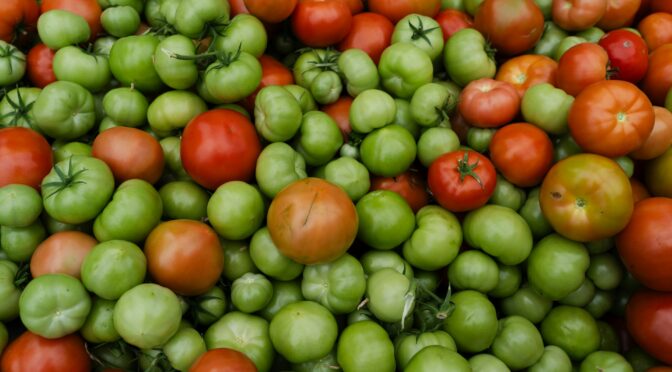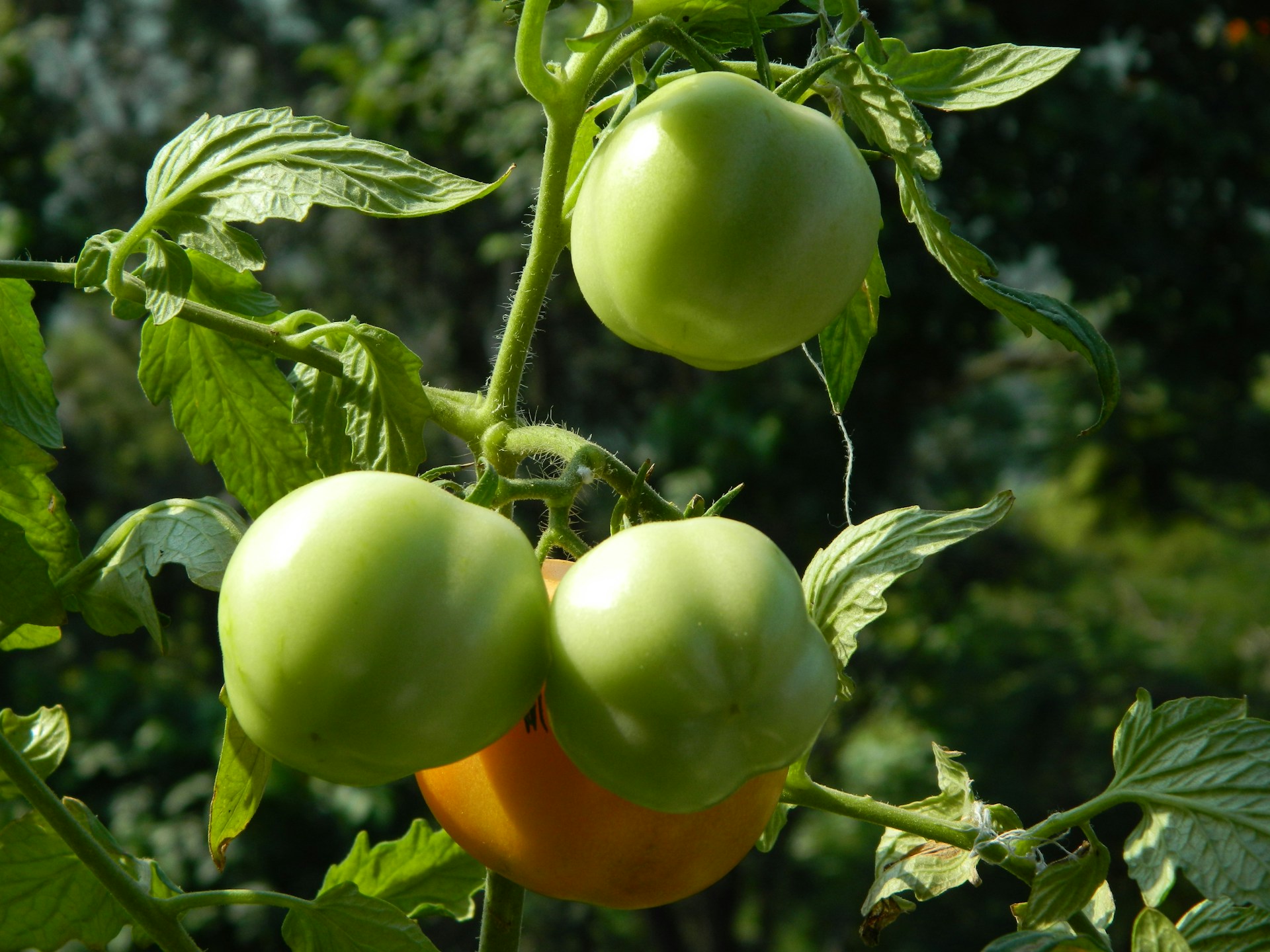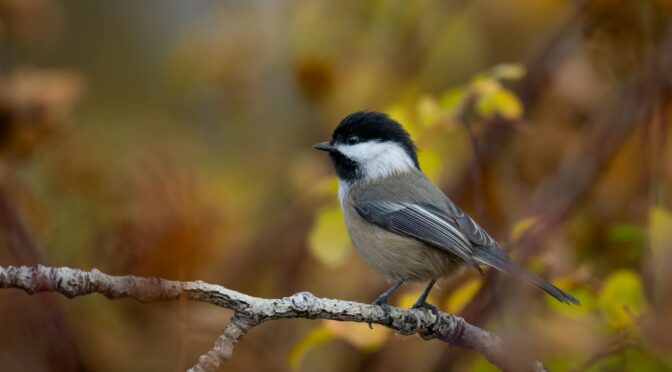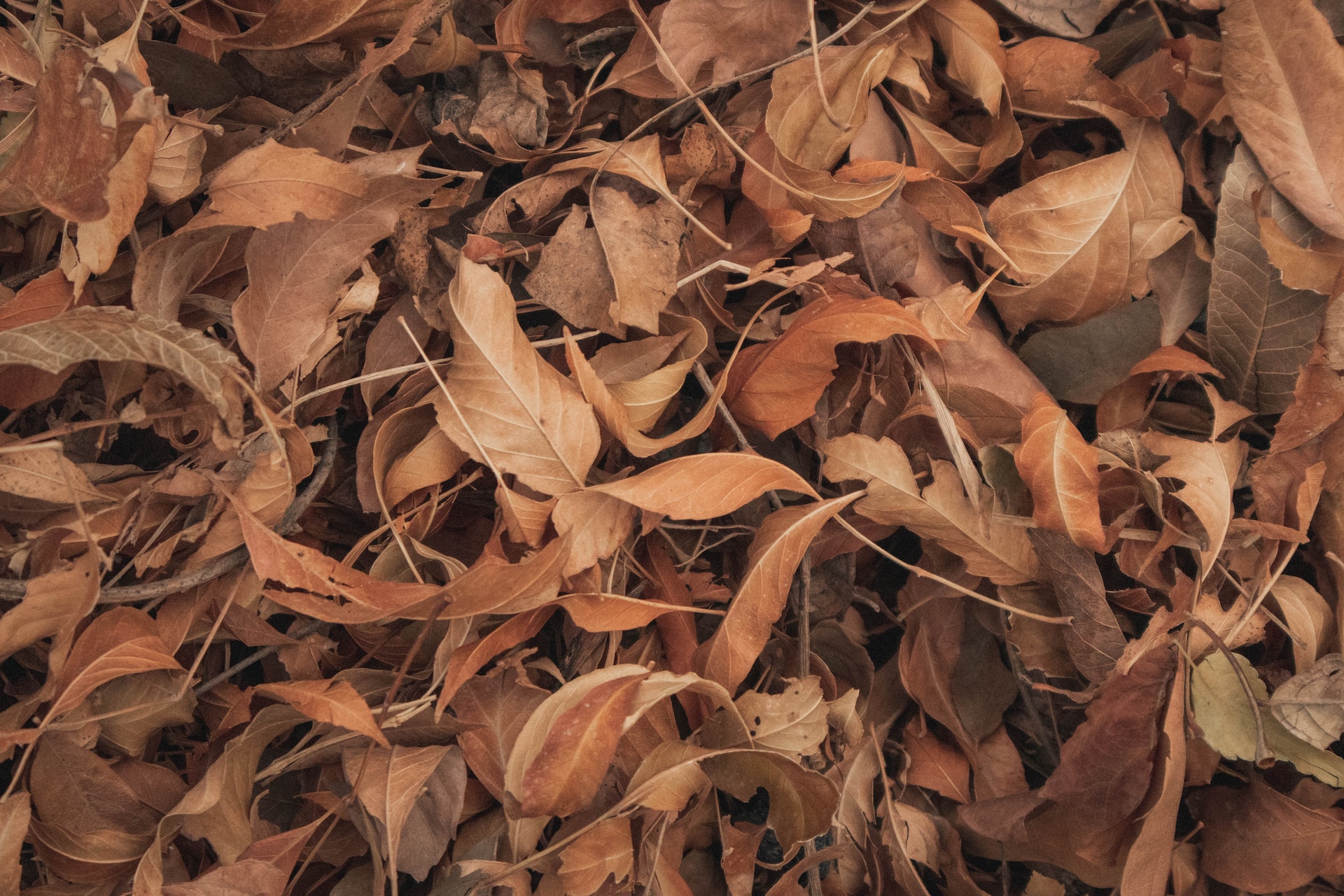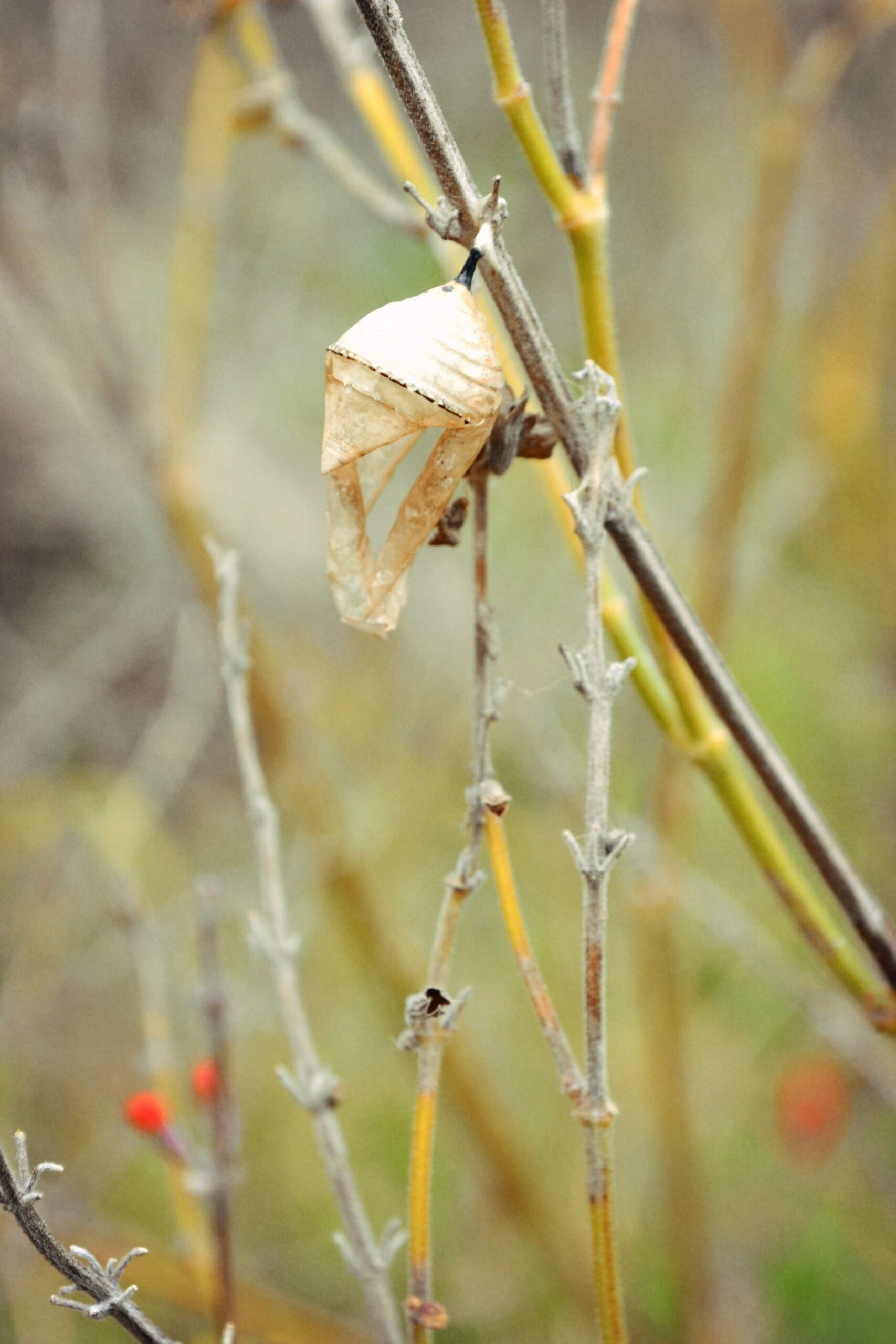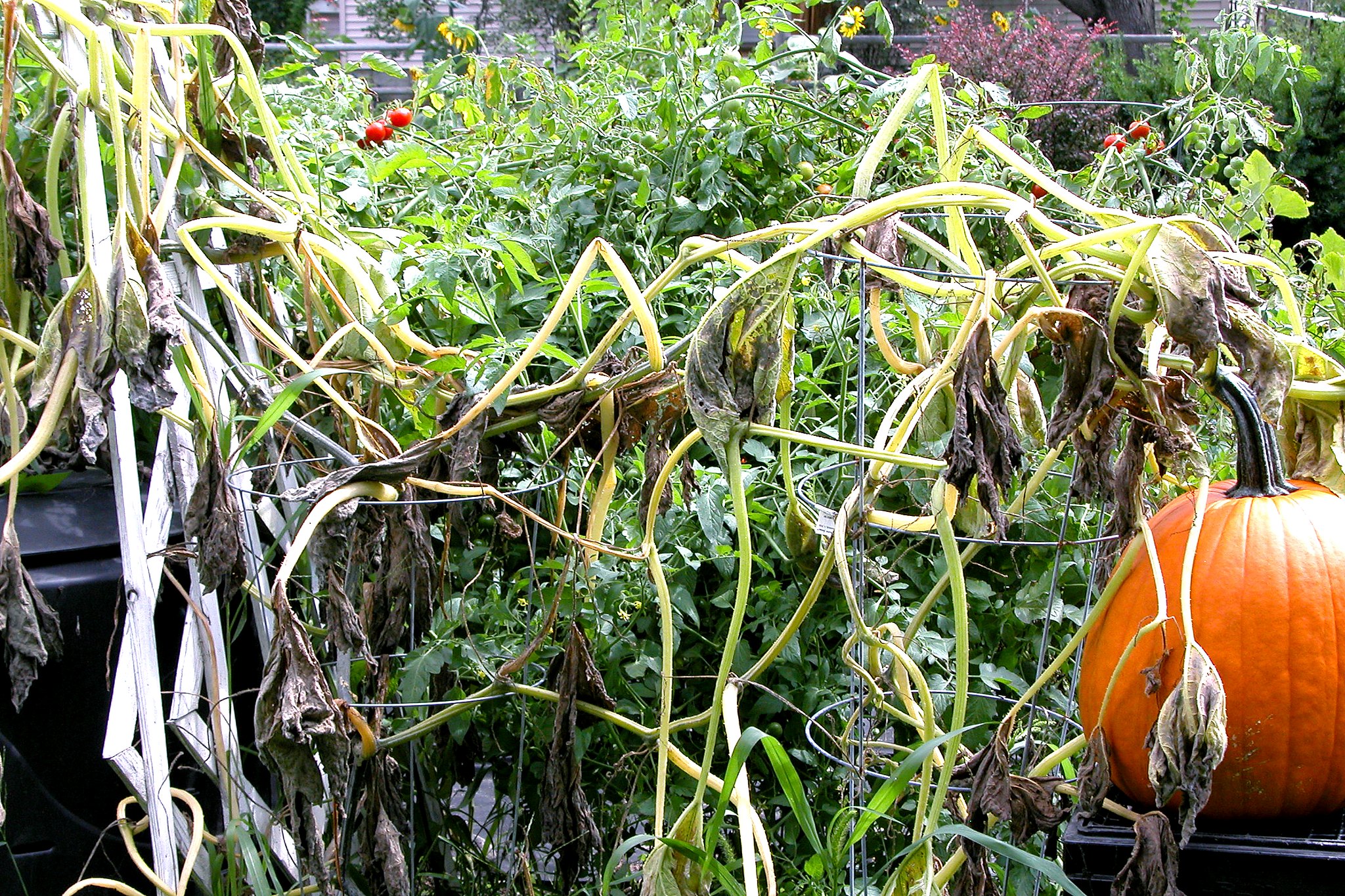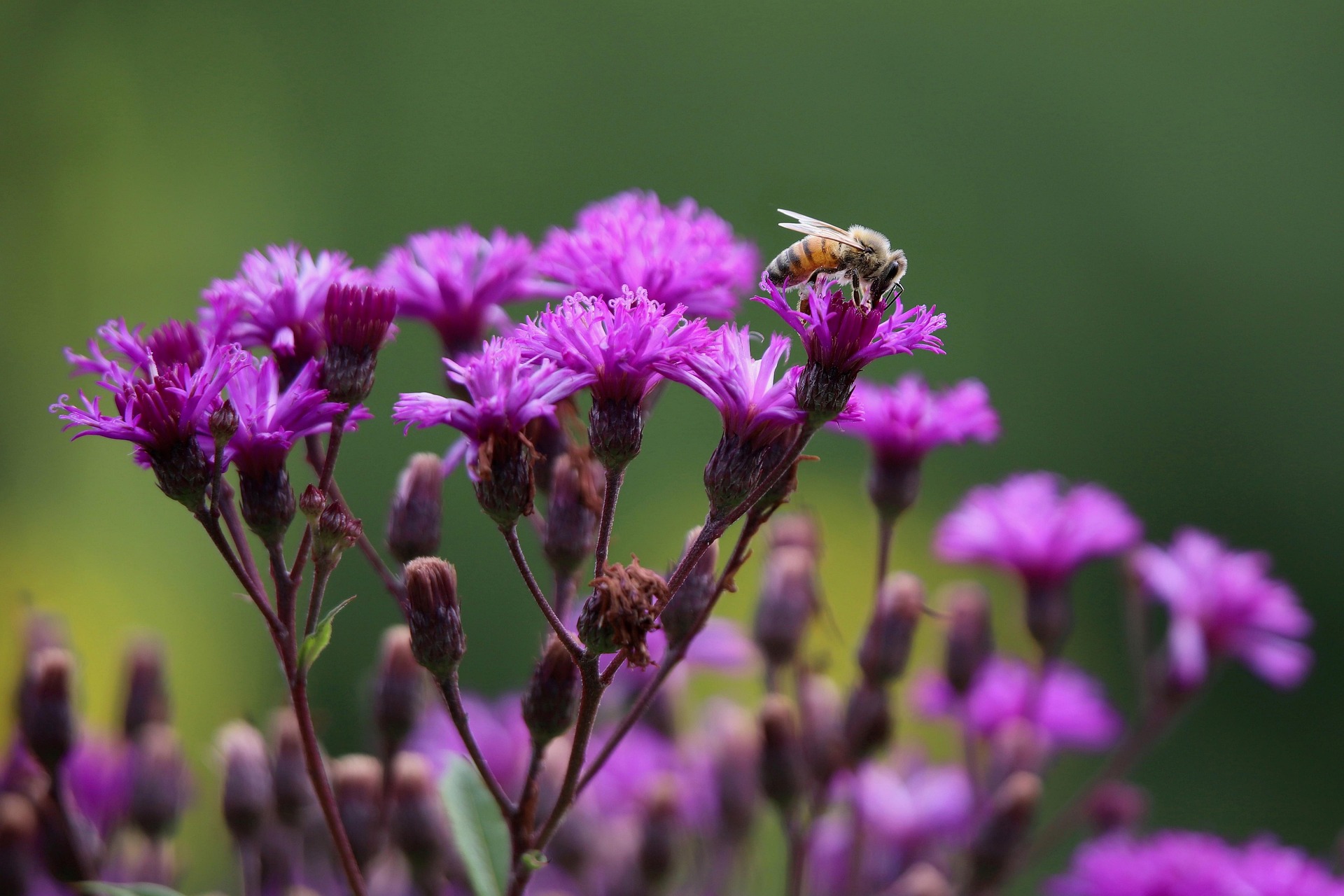Drought tolerant and low maintenance, echinacea, or coneflower, is among our favorite native flowers. Once established, it offers tons of color and great food for songbirds and pollinators. Unfortunately, it’s not always the easiest to start from seed.
Echinacea seeds must go through a cold, moist period in order to break dormancy. Thankfully, winter is the perfect time to start this process so you can enjoy bright echinacea blooms in your garden for years to come.
Growing Requirements
Echinacea is a hardy, drought-tolerant perennial that thrives even in poor soil. When considering echinacea and selecting a spot for plants, keep these features in mind.
Perennial. Echinacea is perennial in zones 3 through 9 and will readily self-seed.
Full sun. Echinacea thrives in full sun but will tolerate partial shade, though it may not bloom as often.
Soil Requirements. Echinacea is exceptionally tolerant of nutrient-poor soil. It thrives in well-drained areas. It won’t tolerate excessive moisture, and will often rot in poorly drained, soggy areas.
Water Requirements. Once established, echinacea is low-maintenance and drought-tolerant. It grows a large taproot.
Bloom period. Depending on your variety and location, echinacea may bloom any time from late spring to fall. In zone 7a, we typically see blooms from midsummer to fall.
Deer-Resistant. We’ve found that deer typically leave echinacea alone. While they may occasionally grab a bite, deer typically prefer more palatable plants.
In favorable conditions, echinacea can self-sow and spread. Keep this in mind when sowing in or near beds you typically use for annuals. You may need to divide or contain echinacea to keep it from taking up too much of your garden. However, the large taproot on mature plants can make them difficult to move.
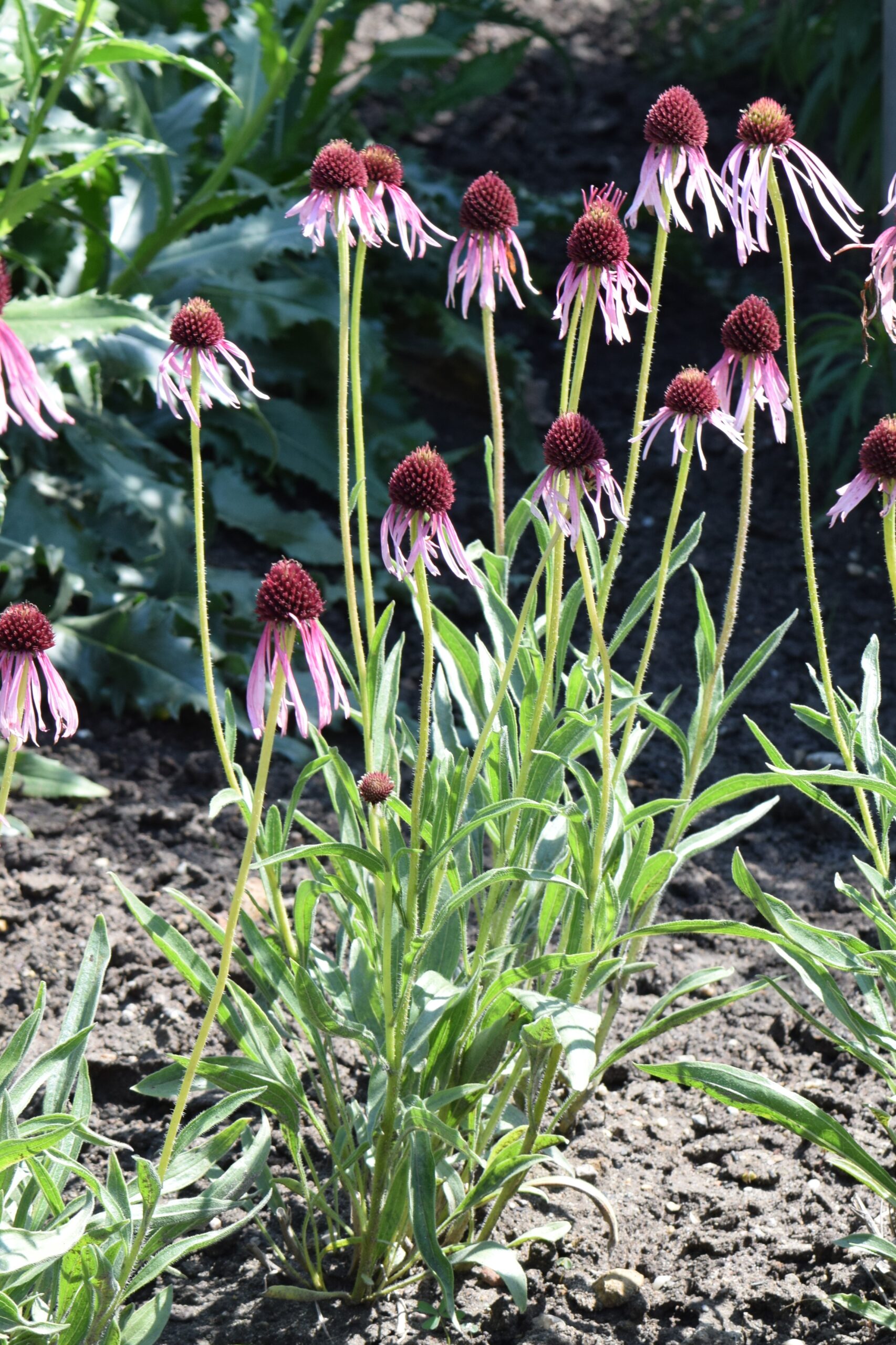
Echinacea Varieties
We currently carry three echinacea varieties.
Echinacea Pallida (Pale Purple Coneflower)
Drooping flower petals are 1½-3½ in. long and may range in color from pink, purple, or white, but are typically rosy purple, with a purple-brown flower disc. Long, narrow leaves.
Echinacea Angustifolia (Narrow-Leaved Coneflower)
The plants are the smallest of the echinaceas (8-18 in.) and the spreading pink ray petals are the shortest (¾-13⁄8 in. long). The leaves are long and narrow.
Echinacea Purpurea (Purple Coneflower)
The flowers are 3-4 in. across with pink-orange cone-shaped centers and purple-pink rays.
Many garden centers also offer hybrid varieties, and our friends at Prairie Moon Nursery, who specialize in native seeds, also offer Tennessee coneflower, Bush’s coneflower, and Ozark coneflower.
Cold Stratification
For good germination, you must cold stratify echinacea. This means you need to expose the seeds to a period of moisture and cold temperatures about 40 °F or below. You can do this by starting seeds indoors or outside.
Cold stratification is how plant seeds adapted to stay dormant over winter before germinating in spring. The cold, moist period followed by warmth signals the seasonal shift to the seeds.
Longer times are better, but as little as 3 weeks of stratification will give some germination for Echinacea pallida and Echinacea angustifolia. Echinacea purpurea, needs less cold stratification than other species. For it, just 7 days of stratification will increase germination rates so you can spring plant it if needed.
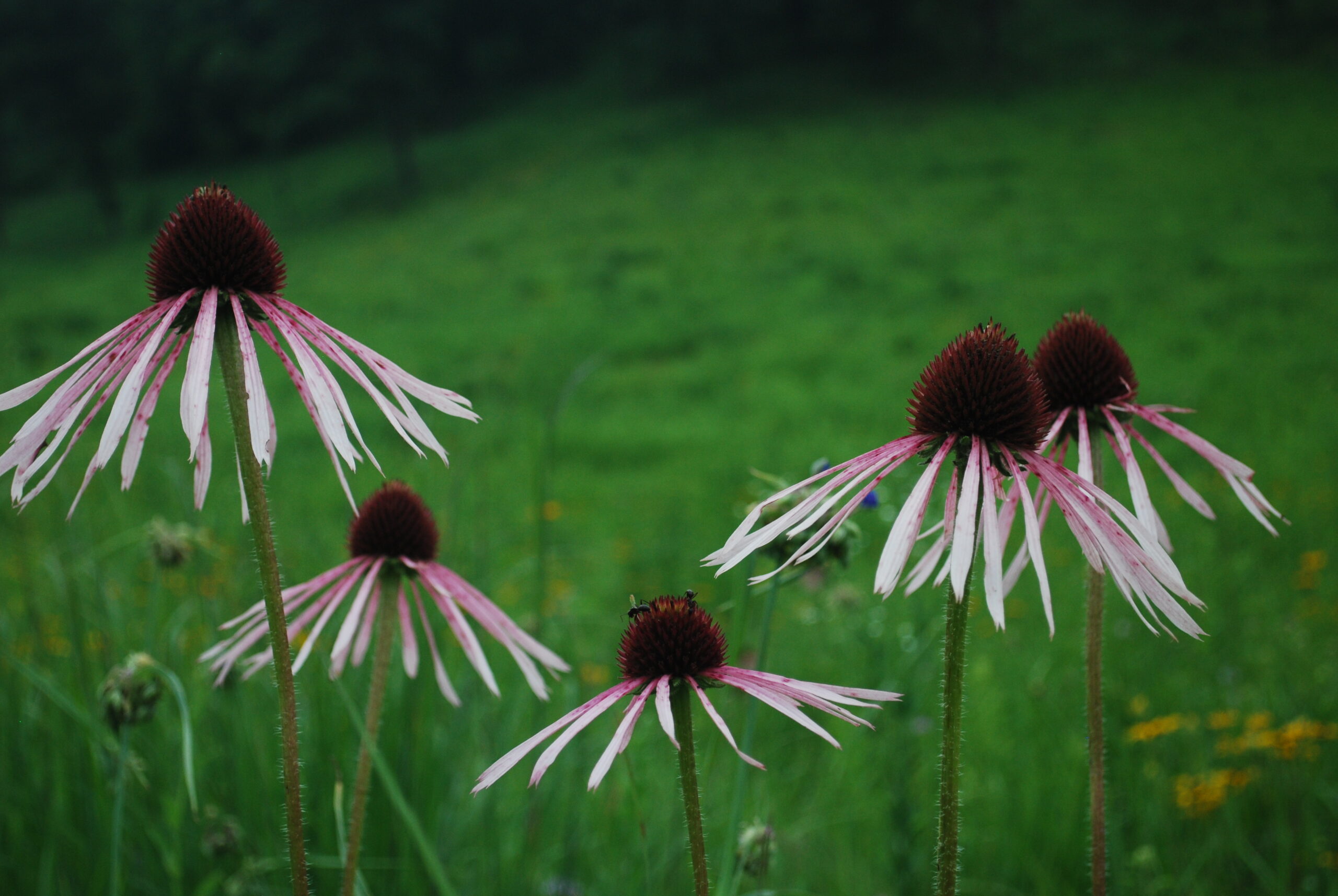
Starting Echinacea Indoors
Sow your echinacea seeds in flats or pots of moist soil in fall or about two to four months before your desired planting date. Place your pots or flats into a refrigerator over the winter. Check your flats regularly, spritzing them with water occasionally to ensure they don’t dry out.
Remove the flats from the fridge in late winter or very early spring. The seeds may take two to four weeks to germinate after you remove them from the refrigerator.
Sow extra seed. Echinacea typically has only a 50% germination rate.
Starting Echinacea Outside
Sowing seeds outdoors in the fall is an easy way to cold stratify them. Sow your seeds in a clean, weed-free bed or in flats in a cold frame in late fall or early winter. They’ll stay safe and dormant through the winter until the warm weather in spring signals them to germinate.
Harvesting Echinacea
You can harvest echinacea as a cut flower or for tea and herbal medicine. Herbalists often use the flowers, leaves, and roots of echinacea in immune-boosting teas, tinctures, and other herbal products.
Wait to harvest roots until your echinacea plant is at least three years old. Like many perennials, it needs ample time to get established before it will tolerate a major harvest.
When you’re ready to harvest roots, do so in late fall after a killing frost. Gently lift the soil with a fork and harvest a small portion of the roots. If you’re growing a large patch, you can also use this opportunity to thin the patch and sacrifice a whole plant.

